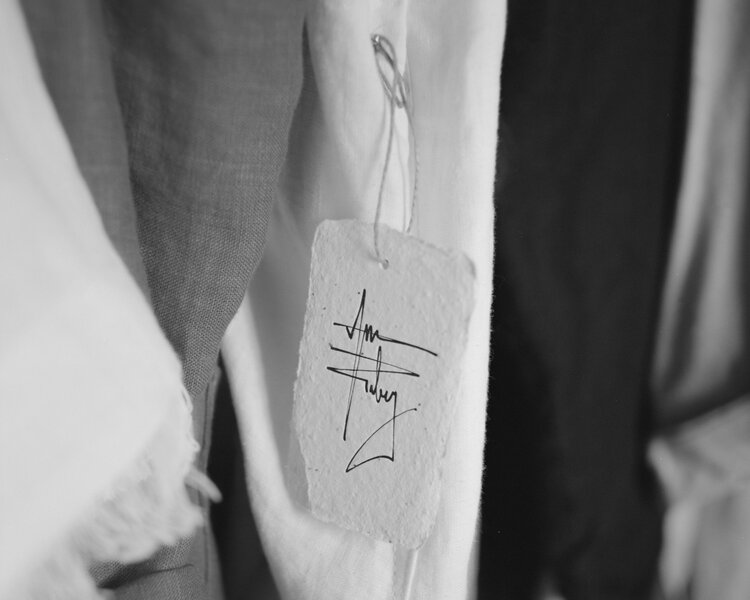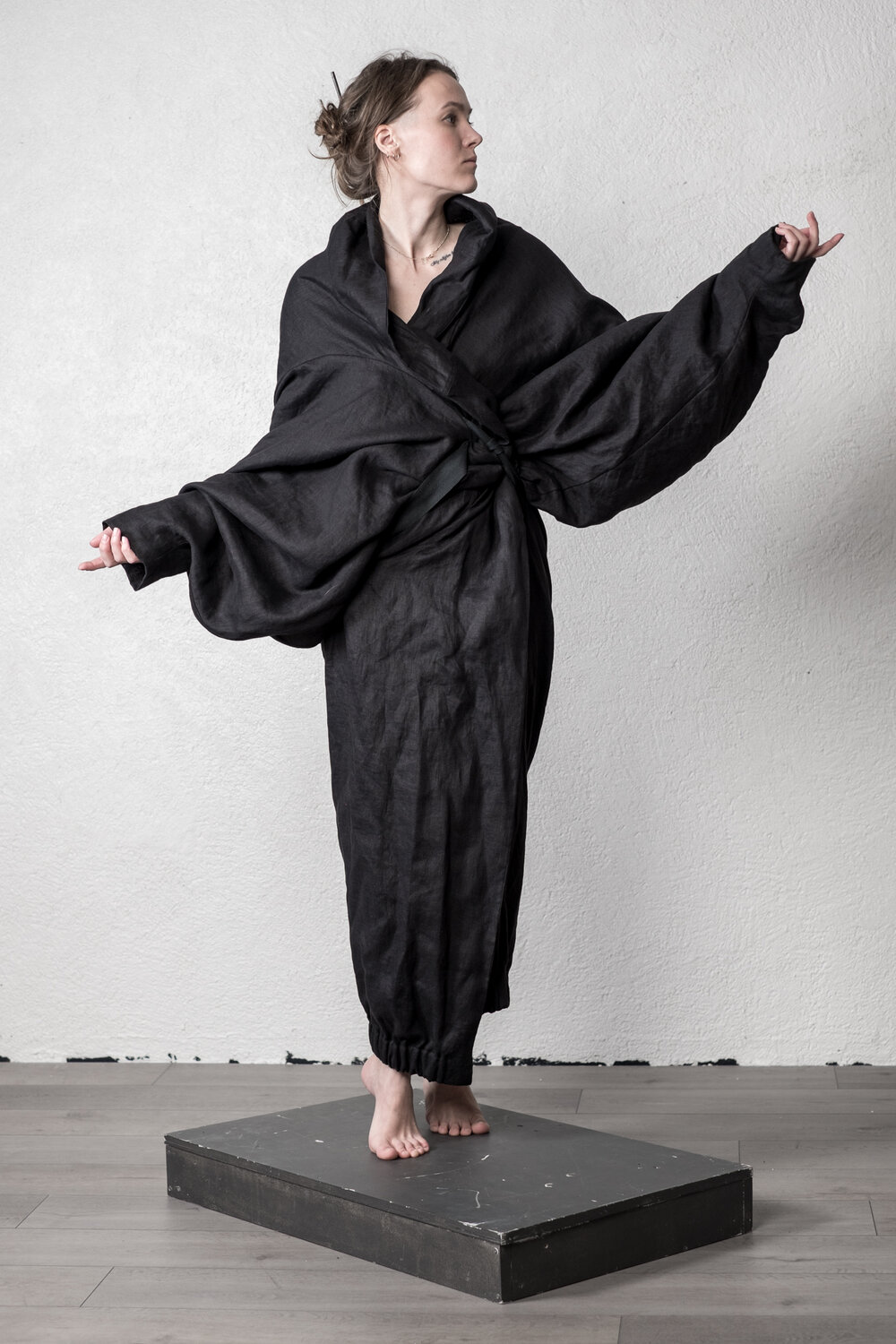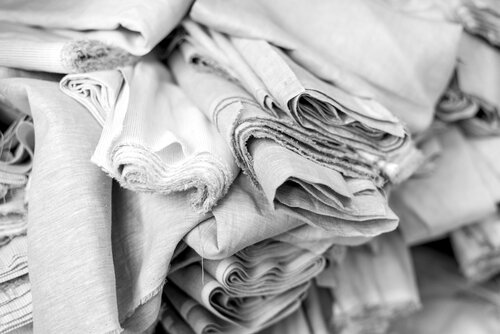Anu Rieberg
Anu Rieberg - a designer operating on the zero-waste principle
Anu Rieberg is an Estonian designer for whom valuing nature, transparency and ethics of the supply chain are important. The brand's production process is built on the zero-waste principle, which means that no residues are created during the process.
"Our design practice can be described through four concepts: natural fabrics, zero-waste design practice, comfort and timelessness." - Anu Rieberg.
How is waste kept to a minimum?
In order to keep the waste to a minimum, the trimmings and thread waste are used in the design of new products or to make additional parts for the existing product, for example. The product labels are made by the Labora printing house, from biodegradable seed paper, which is why they can be composted. Bags made from fabric scraps from clothing are used for packaging, which customers can later use on a daily basis.

The charm of Anu Rieberg's design?
In addition to the zero-waste principle, Anu Rieberg's design is characterized by several other keywords: classic cuts, uniqueness, unisex products, comfort and extra space between the skin and the product, which allows the fabric to take its natural shape. Also additional details, with which the wearer can adjust the garment according to the occasion.

"Natural fabrics may be more expensive, but we want to contribute to an environmentally conscious consumer culture." - Anu Rieberg

The selection of natural fabrics plays an important role for the Anu Rieberg brand. The process of producing, designing, wearing and reusing natural fabric is part of the nature-friendly life cycle. At the moment, linen fabric is used for production, which is purchased from a local Estonian seller, Tekser.
In addition, fabric scraps are ordered from factories. The use of scraps helps to reduce the ecological footprint, but the resulting fabrics are all unique. According to the designer, the latter has not been particularly highlighted in society. Linen is a special fabric, and the use of scraps brings it out especially well - this is how the uniqueness of each product is achieved.